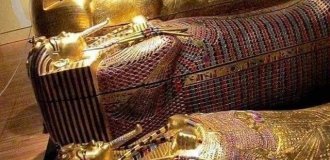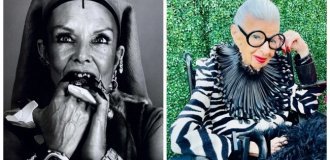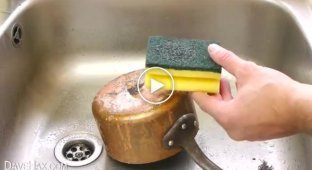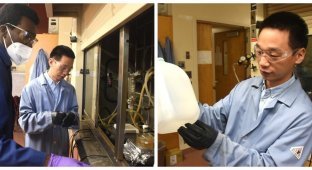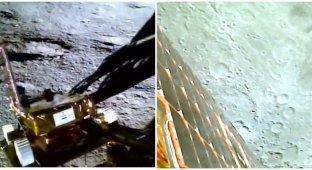An ancient alchemical tool that even today makes life easier for professional and amateur cooks (9 photos)
Even citizens who are not particularly knowledgeable about cooking do not fall into a stupor when they see the expression “melt in a water bath” in a recipe. 
This is a simple and gentle way to achieve the desired consistency and temperature of the ingredient by placing it in a container over heated water. Since water cannot heat above its boiling point, the temperature of honey, butter or chocolate will be limited. This makes the technique ideal for preparing delicate ingredients that burn easily. 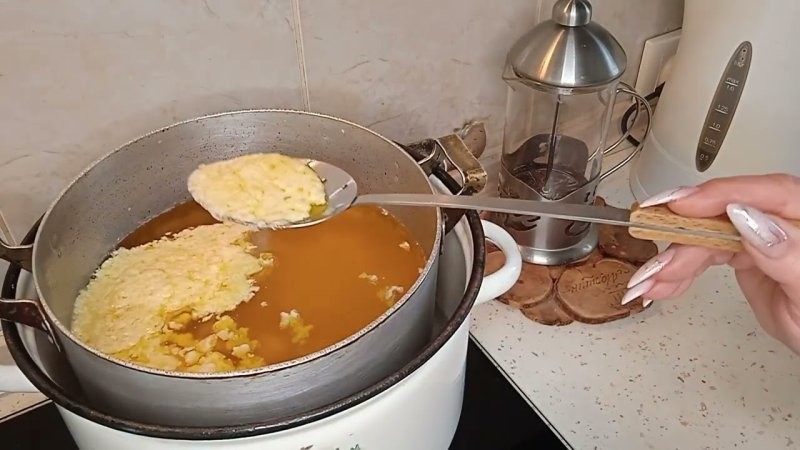
Bain-Marie, which means "Mary's bath" in French, helps distribute heat gently and evenly. In addition to kitchens, it is used in chemical laboratories and in the production of soaps, perfumes, paints and candles.
Bon-Marie consists of two pans, one of which is inside the other. The ingredients are placed in the top pan, and the bottom pan is filled with water and heated on the stove. Home cooks can achieve a similar effect by placing a bowl over a pan of simmering water.
It seems that everything is obvious, and the water bath has always existed. But that's not true. Who was this mysterious Maria, and why did she love baths so much?
There are many theories. Perhaps Bon-Marie is named after the Virgin Mary? Or Marie Antoinette? But the most fascinating version connects this name with an Egyptian female alchemist. This legend has its roots in the ancient Mediterranean, where science, magic and cooking intertwined.
The first water baths 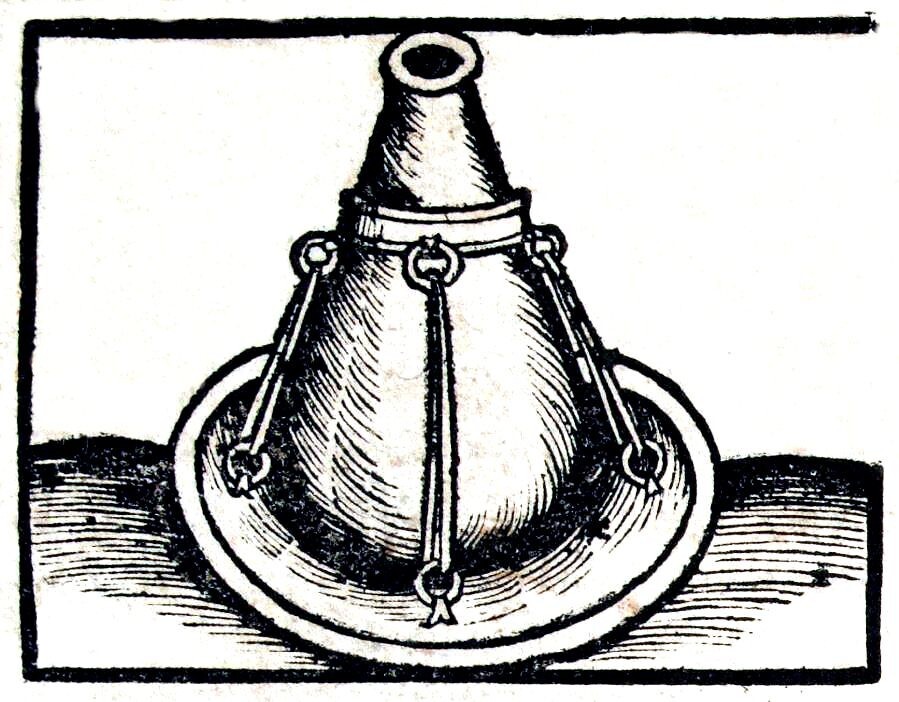
An ancient double cauldron depicted in a 1521 alchemical manual
The water bath method was used by the ancient Greeks to prepare medicines as early as the fifth century BC, as mentioned in the writings of Hippocrates. The earliest known recipe using a water bath dates back to the second century BC. 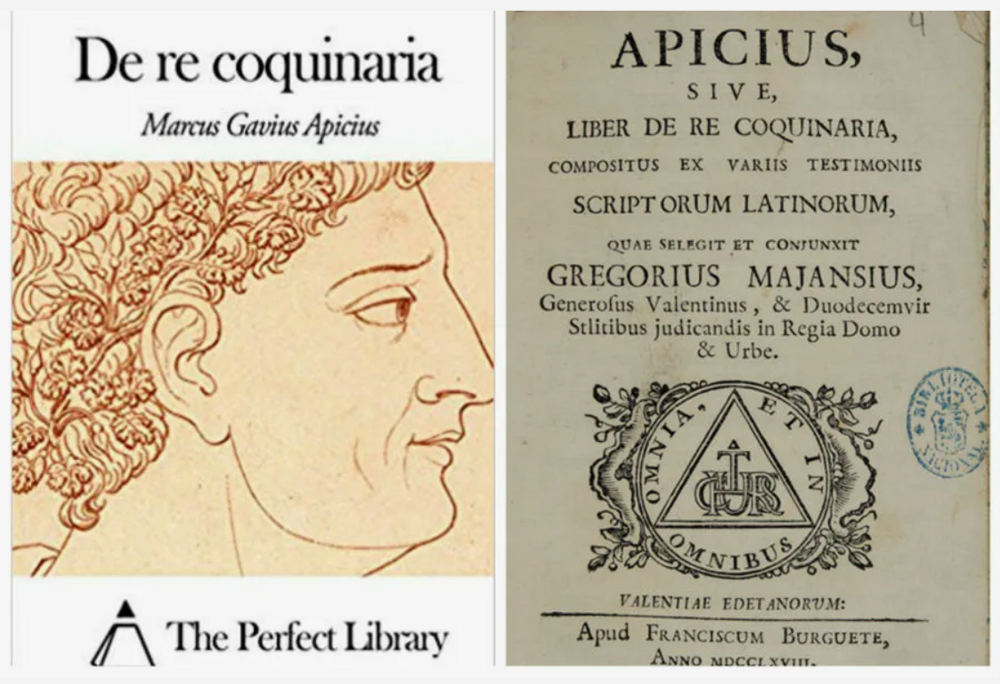
Marcus Apicius - famous Roman gourmet and glutton and his book
The most comprehensive fifth-century Roman cookbook, Marcus Apicius, contains a variety of soufflé-like dishes prepared ad aquam calidam, which is Latin for “in hot water.” The collection of recipes also contains recommendations for using a water bath to keep cooked dishes warm. But in these early sources there is not a single mention of Mary. This is because the word "bain-Marie" originally did not refer to the water bath itself, but to a similar device that could be found in the laboratories of early Mediterranean alchemists.
"Divine Mary" 
Zosim Panopolite
Before the advent of modern chemistry, it was preceded by alchemy, the semi-mystical practice of manipulating materials to understand their properties for such lofty purposes as turning lead into gold or preparing the elixir of life. The Western alchemical tradition originated in Alexandria (Egypt) at the beginning of the first millennium.
There, around 300, the alchemist Zosimus Panopolite wrote the earliest books on alchemy that have survived to this day, with numerous references to the great alchemists who came before him. One of them was a Jewish woman named Miriam (“Mary” or “Maria” in Greek), whom Zosimus revered for her wisdom, calling her “the divine Mary” and “one of the wise men.”
Alchemists deliberately disguised their work under mysterious symbolism. Therefore, the details presented by Zosimus are blurred. He doesn’t even say how many years before him Maria lived. Moreover, many Alexandrian women practiced alchemy, including sister Zosima. 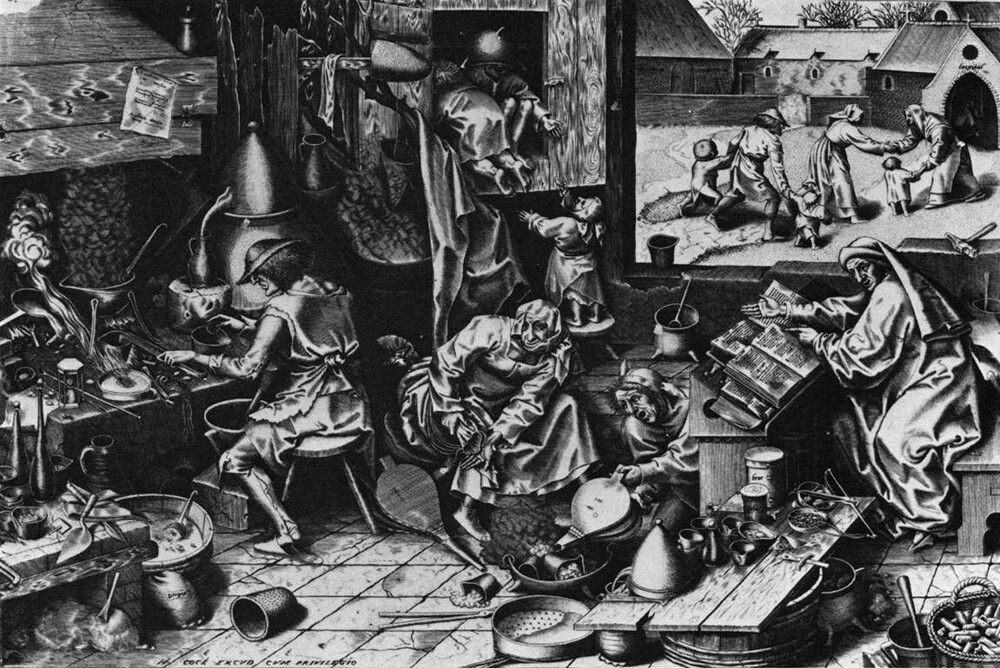
An engraving by Dutch artist Pieter Bruegel from 1588 shows an alchemist at work.
Later sources made up details to complete Mary's biography. She was called either the mentor of Greek philosophers, or a Coptic Christian who lived in the 1st century, or the biblical Miriam, the sister of Moses. According to Zosimus, Mary invented several important instruments for early chemistry, such as the kerotakis, a high-temperature double cauldron used for melting soft metals. The lower container of the kerotakis contained mercury or sulfur, not water. But the device worked in the same way as a water bath, maintaining the temperature of the material in the upper pan at the same level as in the lower one. 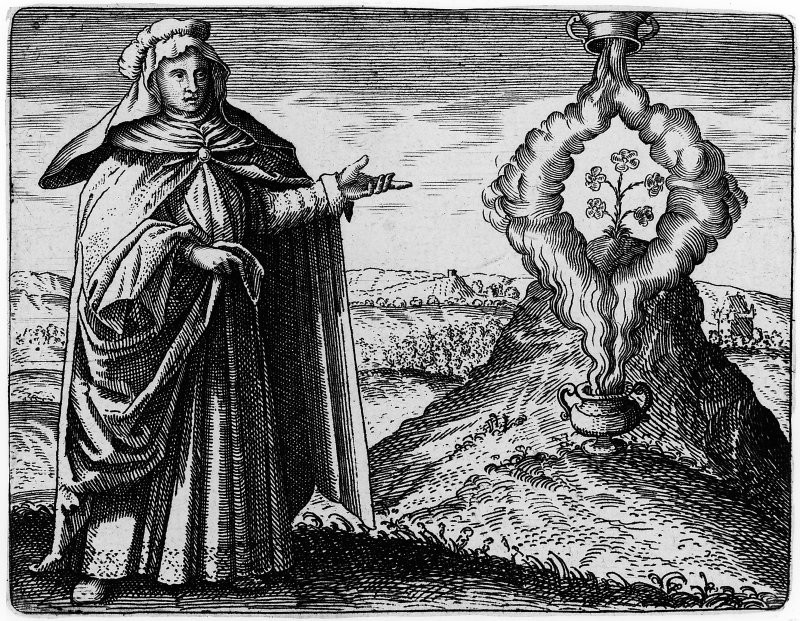
This is what Maria might have looked like
Zosimus's statements were accepted and repeated by subsequent alchemists. In the 13th century, the Catalan physician Arnold of Villanova made the first known reference to the double cauldron as "Mary's bath", using the Latin balneum Mariae. This title has been translated by other alchemical authors into French, Italian and Arabic. By the 17th century, the term bain-Marie had become a common term for a water bath used in laboratories. The term then came to be applied to similar water baths used for cooking. 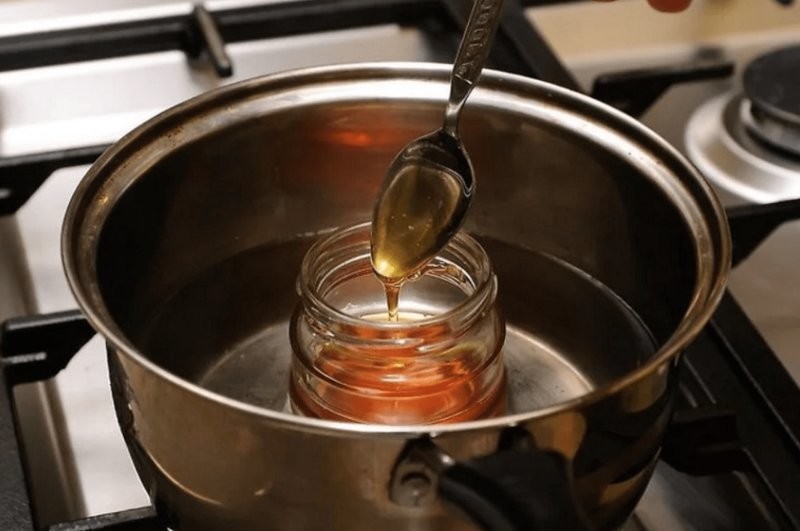
“Mary's Bath” is now used to heat food and keep it warm without burning or drying out. It is used to melt chocolate and honey, prepare creams and gourmet sauces, soufflés, pates, cheesecakes, pudding, jelly, soufflés and more. 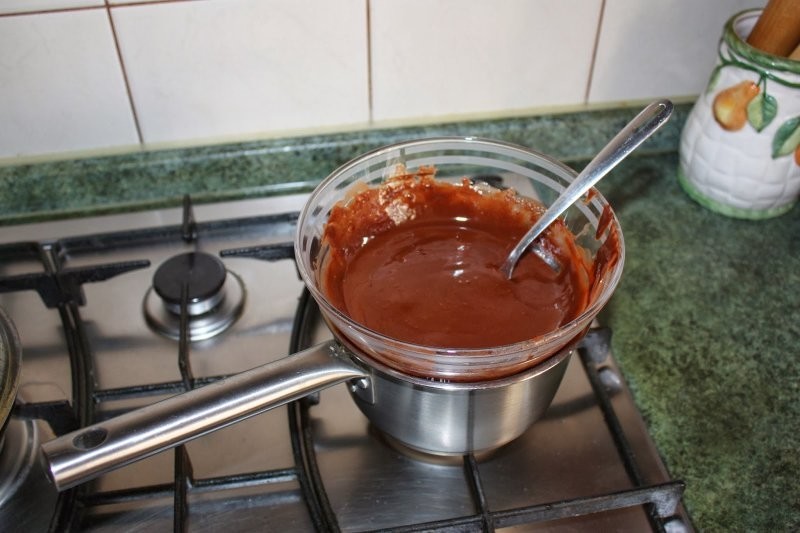
In southern Chinese cuisines such as Cantonese and Fujian, a similar technique called dong, or double boiling, is used to extract maximum flavor from delicate soup ingredients.
And we, when preparing the simplest icing for a cake, pastries or cupcakes, do not think about what useful contraption was given to the world by a very smart female alchemist, whose identity, alas, will no longer be known after centuries.



